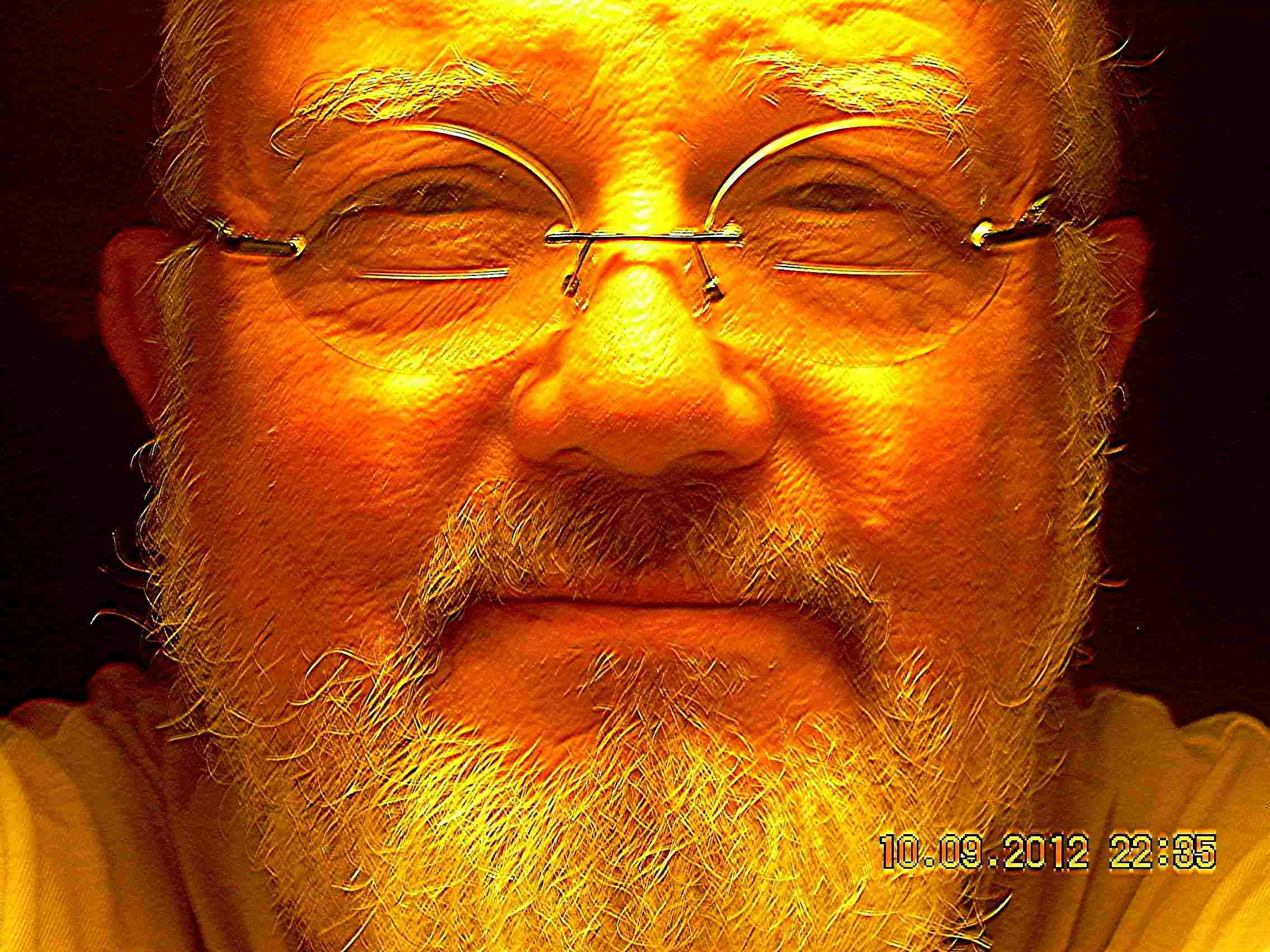The Voter verified audit
Vva would be conducted by ordinary citizens who would gather together in ad hoc fashion for the single purpose of irrefutably verifying the integrity of the vote. It would not require permission or license of government, since it is an independent check of that government. As such it would be independent of the Registrar of Voters.
Checking the veracity of the vote should not be the exclusive domain of government. Government checking its own vote count , a count that decides whether that very government retains or relinquiches power, constitutes a clear conflict of interest.
Who Can Best Be Trusted?
Vva's titanic power stems from its affirmative response to the one big question no vote security system in use today can satisfactorily answer: "Who can best be trusted to incorruptibly verify the vote?" Vva's resounding answer is; "voters themselves".
In this particular case, it must be assumed that if a voter wanted to somehow alter (tamper with) their own vote, they would easily choose their "alteration" in the voting booth rather than later. If in the process of tampering they make a "different" choice for whatever reason, they aren't tampering, they're voting. That is, in the voting booth all a voter can do is either vote or not vote, both of which are acceptable, no matter who they vote for. This makes the voter them self a virtually incorruptible verifier of their own vote.
Consider who verifies your own personal checking account. The bank president? A friend? Your bookkeeper? No, you do. Why? Because there is no one with a greater interest in the correct management of your affairs than yourself. It is the same with your vote. It is quite simply in your singular best interest, to ensure that the vote you cast is the vote that actually gets counted.
An Overview
Vva is conducted using a multi-copy business type form, copies of which are later separated and used for verification. In the voting booth, as the vote is made, it is copied from the previously filled out form to the registrars ballot and is effectively witnessed by the voter them self. The form, which is retained by the voter, thus becomes a documented receipt of the transaction.
After voting, the form is dropped off with the group conducting the Vva. Later, the voter verifies their uniquely numbered copy (called the "receipt"), by comparing it to a copy of the original (called the "statement") which is placed on the Internet by the Vva group. If anything changes, the voter will see it when comparing their receipt to the statement on verification.
This "end-to-end" verification makes Vva almost irrefutable and is what gives Vva its teeth. As long as a voter votes and checks their vote (provision is made to ensure they do), there is little chance of error and virtually no chance of fraud. Note: By nature Vva is ambivalent in that it cannot be manipulated "for" or "against" any candidate or measure.
Vva is also entirely anonymous. In order to conduct a Vva it isn't necessary to know the voters name, only that they did indeed vote. Anonymity is thus "built in" to Vva.
A Vva - The Authenticated Vva
Next Page 1 | 2 | 3 | 4 | 5 | 6 | 7 | 8
(Note: You can view every article as one long page if you sign up as an Advocate Member, or higher).





